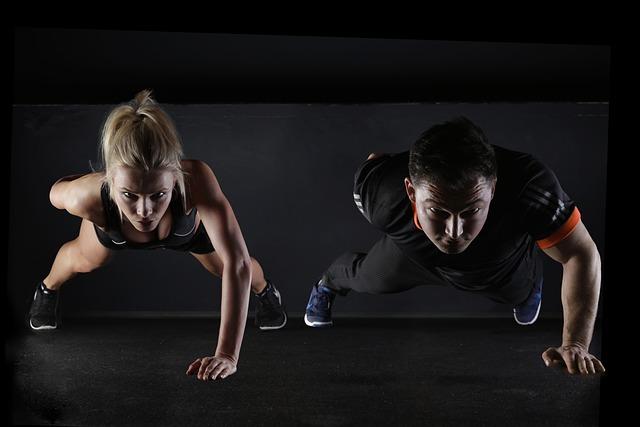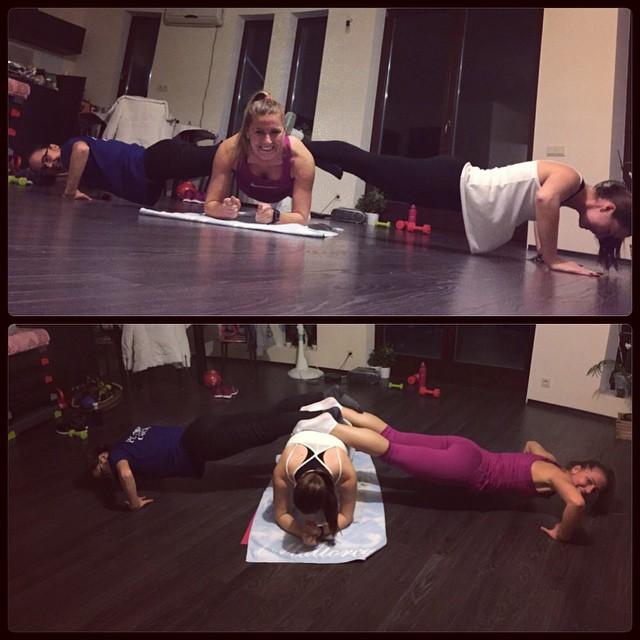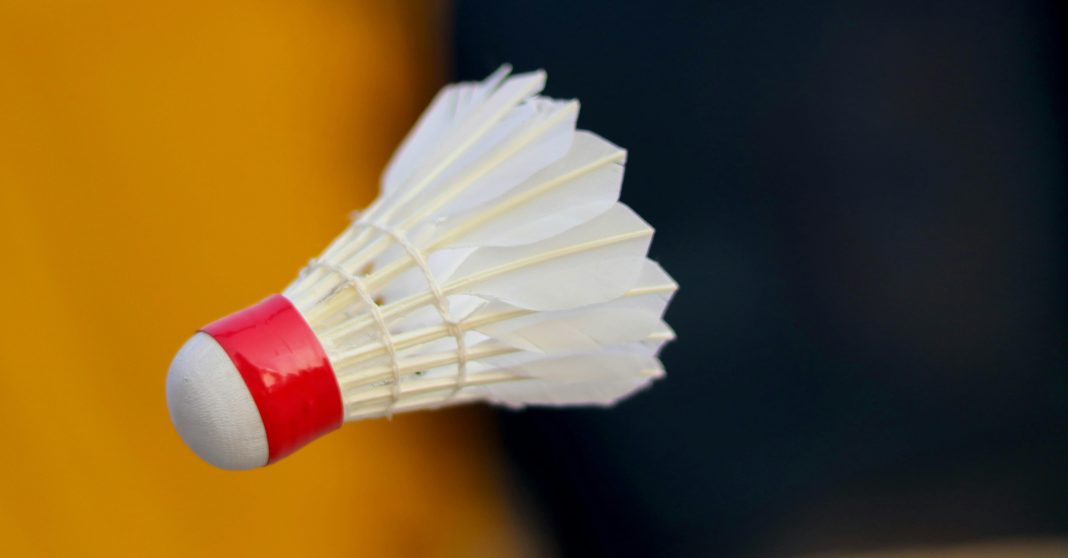As the years gracefully unfold, our bodies narrate a story of experiences and memories. Yet, along this journey, the subtle whispers of time can challenge our mobility and zest for life. Staying active as we age is not merely a pursuit of physical well-being but a celebration of life’s ongoing adventures. In a world where every step counts, how do we ensure that age is just a number and not a barrier? This article explores the art and science of maintaining vitality, offering insights and practical tips to keep the body agile and the spirit invigorated. Join us as we delve into strategies that empower us to dance through life’s later chapters with confidence and ease, ensuring that the future remains as vibrant as the past.
Gentle Movements to Enhance Flexibility
As we age, incorporating gentle movements into our daily routine can significantly enhance flexibility and maintain our range of motion. These movements not only keep our joints and muscles healthy but also prevent stiffness that often comes with aging. Consider integrating the following exercises into your day:
- Yoga: Focus on poses like the Cat-Cow stretch and Downward Dog, which promote spine flexibility and strengthen core muscles.
- Tai Chi: This ancient practice involves slow, deliberate movements that improve balance and coordination while gently stretching the body.
- Pilates: Engage in exercises that target the core, such as the Spine Stretch Forward, to increase flexibility and enhance posture.
- Dynamic Stretching: Incorporate arm circles and leg swings into your warm-up routine to improve blood flow and prepare muscles for activity.
These activities are designed to be low-impact yet effective, making them suitable for individuals at any fitness level. By dedicating a few minutes each day to these gentle movements, you can foster a more resilient body and enjoy the freedom of movement well into your golden years.

Strengthening Your Core for Lifelong Stability
Fostering a robust core is pivotal for maintaining balance and stability as we age. A strong core acts as the body’s central pillar, supporting both posture and movement. By incorporating exercises that target this area, you can significantly enhance your ability to perform daily activities with ease. Consider integrating the following activities into your routine:
- Pilates: This low-impact exercise focuses on core strength, flexibility, and overall body awareness, making it perfect for all ages.
- Yoga: Known for its balance-enhancing poses, yoga helps in developing core stability while promoting mental well-being.
- Planks: A simple yet effective way to engage the core muscles, planks can be modified to suit any fitness level.
- Balance Exercises: Activities such as standing on one leg or using a balance board can strengthen core muscles and improve stability.
By consistently working on your core, you not only boost your physical resilience but also pave the way for a more agile and independent lifestyle as you age. Embrace these practices and watch as they transform your mobility, ensuring that you remain active and vibrant for years to come.

Balancing Acts: The Key to Preventing Falls
Staying upright is more than just a physical necessity—it’s an art. As we age, our bodies require a harmonious blend of strength, flexibility, and awareness to navigate the world safely. Balance exercises are essential, but they don’t have to be a chore. Incorporate simple yet effective practices into your daily routine to maintain your footing. Consider Tai Chi, a gentle martial art that enhances balance through slow, deliberate movements. Yoga is another excellent option, offering a range of poses that improve stability and core strength. For those who prefer a more dynamic approach, dance classes can provide both cardiovascular benefits and a boost in coordination.
Preventing falls is about creating a safe environment both inside and outside your home. Here are some tips to enhance your surroundings:
- Remove clutter from walkways and stairs to prevent trips.
- Install grab bars in bathrooms and other high-risk areas.
- Ensure proper lighting throughout your home, especially at night.
- Choose supportive footwear with non-slip soles.
- Regularly review medications with your doctor, as some can affect balance.
By taking these proactive steps, you not only safeguard your independence but also embrace a lifestyle that celebrates movement and vitality.
Daily Routines to Foster Enduring Mobility
Incorporating a set of simple yet effective habits into your daily life can significantly enhance your mobility and ensure it remains robust as you age. Consider starting your day with gentle stretching exercises to awaken your muscles and joints. This not only improves flexibility but also prepares your body for the activities ahead. Walking is another underrated yet powerful tool; aim for at least 30 minutes a day to maintain cardiovascular health and muscle strength.
- Balance exercises, such as standing on one leg or practicing Tai Chi, can improve stability and prevent falls.
- Incorporate strength training exercises twice a week to build muscle mass and support your joints.
- Remember to hydrate regularly as water is essential for joint lubrication.
- Include mindful practices like yoga or meditation to reduce stress and promote mental well-being, which is closely tied to physical health.
By weaving these practices into your routine, you not only nurture your body’s resilience but also lay the groundwork for a more agile and vibrant future.








